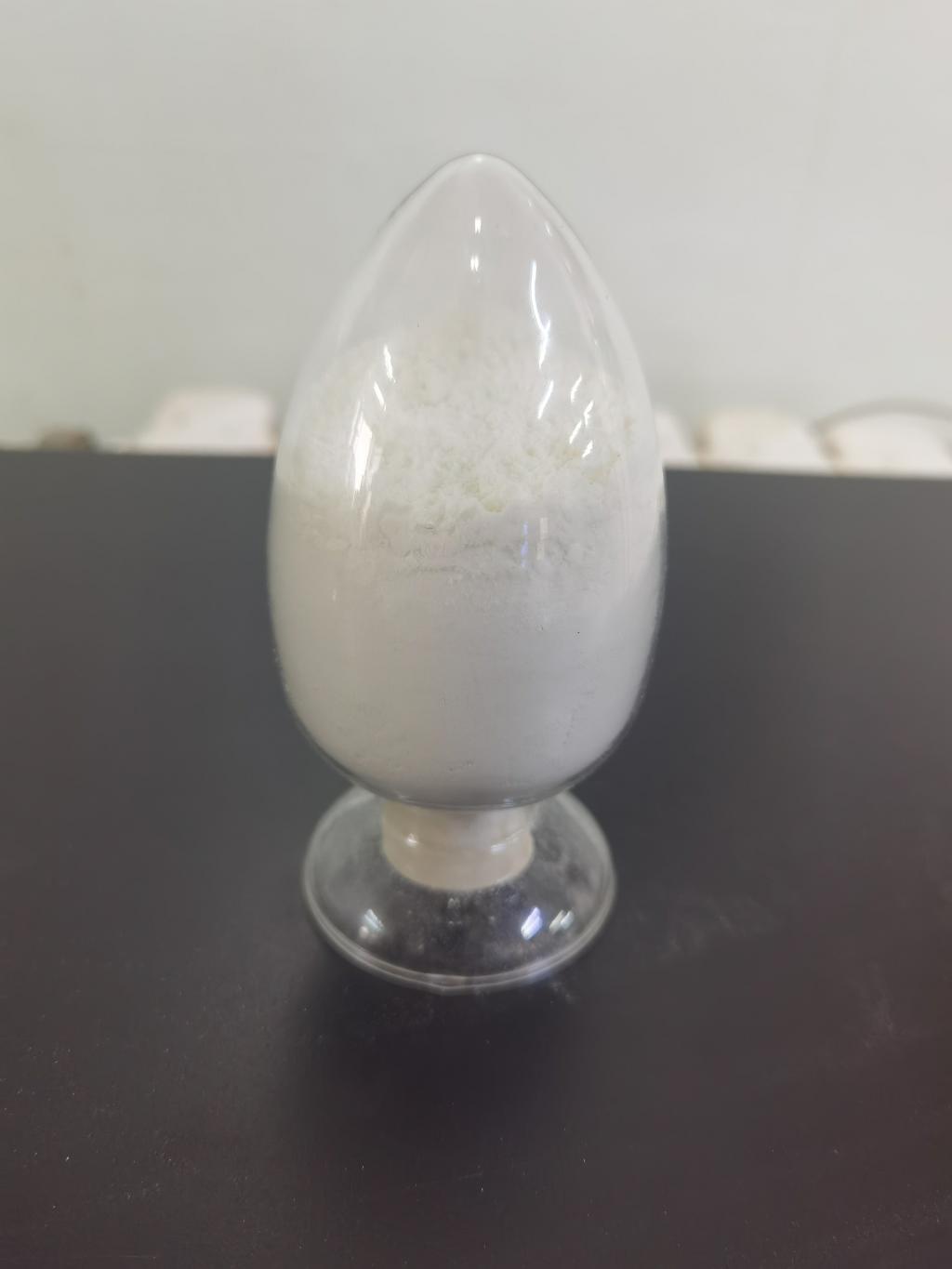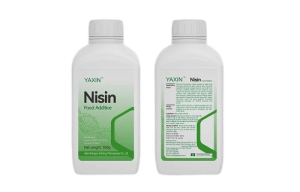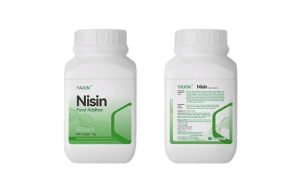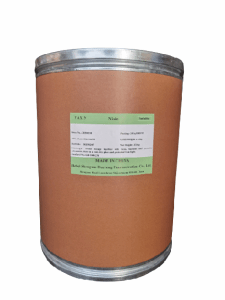Tel:+8618231198596

News
 CONTACT
CONTACT
 CONTACT
CONTACT
- Linkman:Linda Yao
- Tel: +8618231198596
- Email:linda.yao@dcpharma.cn
- Linkman:CHARLES.WANG
- Department:Overseas
- Tel: 0086 0311-85537378 0086 0311-85539701
News
The potential of ε-Polylysine hydrochloride in preserving ready-to-eat seafood salads
TIME:2024-12-02
The Challenges of Preserving Ready-to-Eat Seafood Salads
Seafood salads, while convenient, present several preservation challenges:
High Risk of Microbial Contamination: Seafood is inherently susceptible to microbial contamination due to its moisture content and nutrient-rich environment, which supports the growth of spoilage bacteria and pathogens.
Short Shelf Life: Due to the perishability of seafood, RTE seafood salads typically have a limited shelf life, often requiring rapid turnover in retail environments to avoid spoilage.
Maintaining Freshness: The texture and flavor of seafood salads are crucial to consumer acceptance. Any preservatives used must not alter the sensory attributes, such as taste, texture, or appearance.
Minimal Processing: Consumers demand minimally processed foods, and the trend towards clean labels means that artificial preservatives are often rejected in favor of natural alternatives.
What is ε-Polylysine Hydrochloride?
ε-Polylysine hydrochloride is a naturally occurring antimicrobial compound composed of polylysine chains, which are produced through the fermentation of Streptomyces albulus. Known for its broad-spectrum antimicrobial activity, ε-PL targets and disrupts bacterial cell walls, preventing the growth of harmful microorganisms. It has been used in various food preservation applications and is regarded as safe for human consumption, with approval from regulatory bodies like the FDA and EFSA.
How ε-Polylysine Hydrochloride Helps Preserve Seafood Salads
Broad-Spectrum Antimicrobial Activity
One of the key benefits of ε-PL is its ability to inhibit a wide range of pathogens and spoilage organisms, including bacteria (both Gram-positive and Gram-negative), molds, and yeasts. In seafood salads, this can help prevent the growth of foodborne pathogens like Listeria and Salmonella, as well as spoilage organisms that can lead to off-flavors, texture changes, and visual degradation.
Prolonging Shelf Life
By inhibiting microbial growth, ε-PL extends the shelf life of seafood salads. This allows products to remain fresh and safe for longer periods, reducing waste and improving the efficiency of distribution and retail. The extended shelf life also enables manufacturers to reduce the frequency of product restocking, lowering operational costs.
Maintaining Sensory Quality
Unlike some synthetic preservatives, ε-PL has a minimal impact on the flavor, texture, and appearance of seafood salads. This is crucial in ensuring that the product meets consumer expectations for fresh, natural taste and texture. The preservative helps extend freshness without introducing off-flavors, which could negatively affect consumer satisfaction.
Natural and Clean-Label Ingredient
With increasing demand for clean-label products, the use of ε-PL aligns with consumer preferences for natural ingredients. Since ε-PL is derived from a natural fermentation process, it provides a clean-label alternative to chemical preservatives, making it more acceptable to health-conscious consumers who seek products with fewer artificial additives.
Application Methods for ε-Polylysine Hydrochloride in Seafood Salads
Direct Addition to Salad Ingredients
ε-PL can be incorporated directly into the seafood salad dressing or the salad mixture itself, where it can act as an antimicrobial agent throughout the product. This ensures that any bacteria present on the seafood or vegetables are inhibited from proliferating during storage.
Incorporation into Packaging Materials
Another innovative approach is the inclusion of ε-PL in packaging materials. For example, edible films or modified atmosphere packaging (MAP) containing ε-PL can provide an additional layer of antimicrobial protection. This method helps ensure that the seafood salad remains safe from microbial contamination throughout its shelf life, even in the absence of refrigeration.
Surface Coating of Seafood
ε-PL can also be used as a surface treatment for seafood prior to inclusion in the salad. By applying a thin layer of ε-PL directly onto the seafood, manufacturers can prevent the initial microbial growth that often occurs during the early stages of processing and storage, thus extending the salad's shelf life.
Challenges and Considerations
Despite its potential, the use of ε-PL in ready-to-eat seafood salads requires careful consideration:
Dosage Optimization
The concentration of ε-PL must be optimized to achieve the desired antimicrobial effect without compromising the sensory properties of the product. Too much ε-PL may lead to undesirable flavors or textures, while too little may not provide sufficient preservation.
Regulatory Compliance
While ε-PL is generally recognized as safe, its use in seafood salads must comply with local food safety regulations. Manufacturers need to ensure that their formulations meet the requirements set by regulatory bodies such as the FDA, EFSA, and other national food safety authorities.
Consumer Perception
Despite its natural origin, some consumers may still be cautious about the use of food preservatives, even if they are derived from natural sources. Effective communication and transparent labeling can help build consumer trust in the safety and benefits of ε-PL.
Conclusion
The use of ε-Polylysine hydrochloride in ready-to-eat seafood salads offers a promising solution to the challenges of preserving these perishable products. By preventing microbial contamination, extending shelf life, and maintaining the sensory quality of the product, ε-PL helps ensure that seafood salads remain fresh, safe, and appealing to consumers. As demand for clean-label, minimally processed foods continues to rise, ε-PL's role in food preservation will likely expand, offering an effective, natural alternative to traditional preservatives in the seafood industry.
- Tel:+8618231198596
- Whatsapp:18231198596
- Chat With Skype







